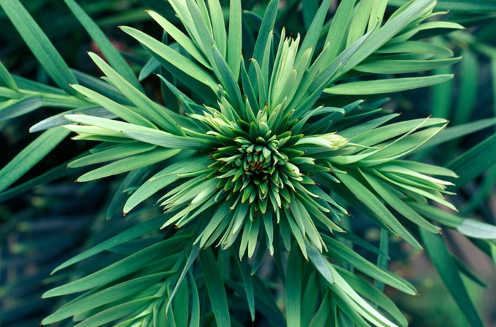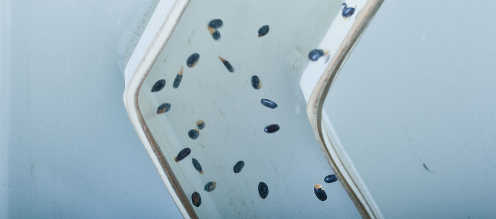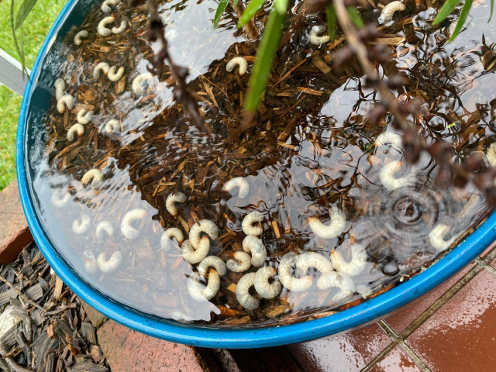Urban tree canopy expands
A massive project is under way at Mount Annan that will contribute to our urban canopy and vital science.
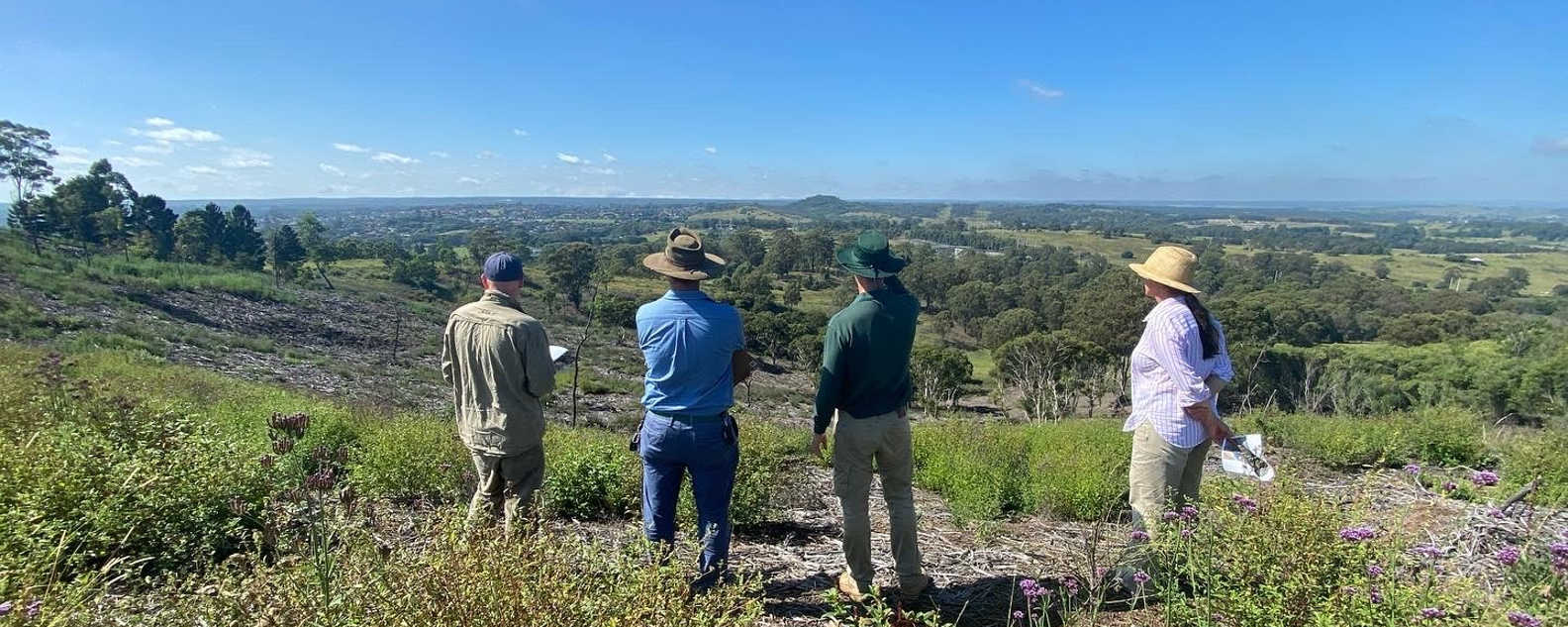
Visitors to the Australian Botanic Garden Mount Annan might not realise there’s a lot more happening behind the wonderful living collections they stroll past.
Tucked around in carefully selected areas across the 416-hectare garden are plantings of hundreds of broad-leaved paperbark or Melaleuca quinquinervia trees.
Broad-leaved paperbarks are key species in coastal swamps and lake margins along the east coast of Australia.
These beautiful trees, with their soft, papery bark and creamy white flowers are in the family Myrtaceae, one of the top three species-rich plant families in Australia.
Unfortunately, the species is susceptible to myrtle rust which was detected in Australia in 2010.
This plant pathogen from South America infects over 450 species in the Myrtaceae family and some of the Australian Myrtaceae are profoundly susceptible to this pathogen.
Several of them are now critically endangered because of the devastation caused by the disease.
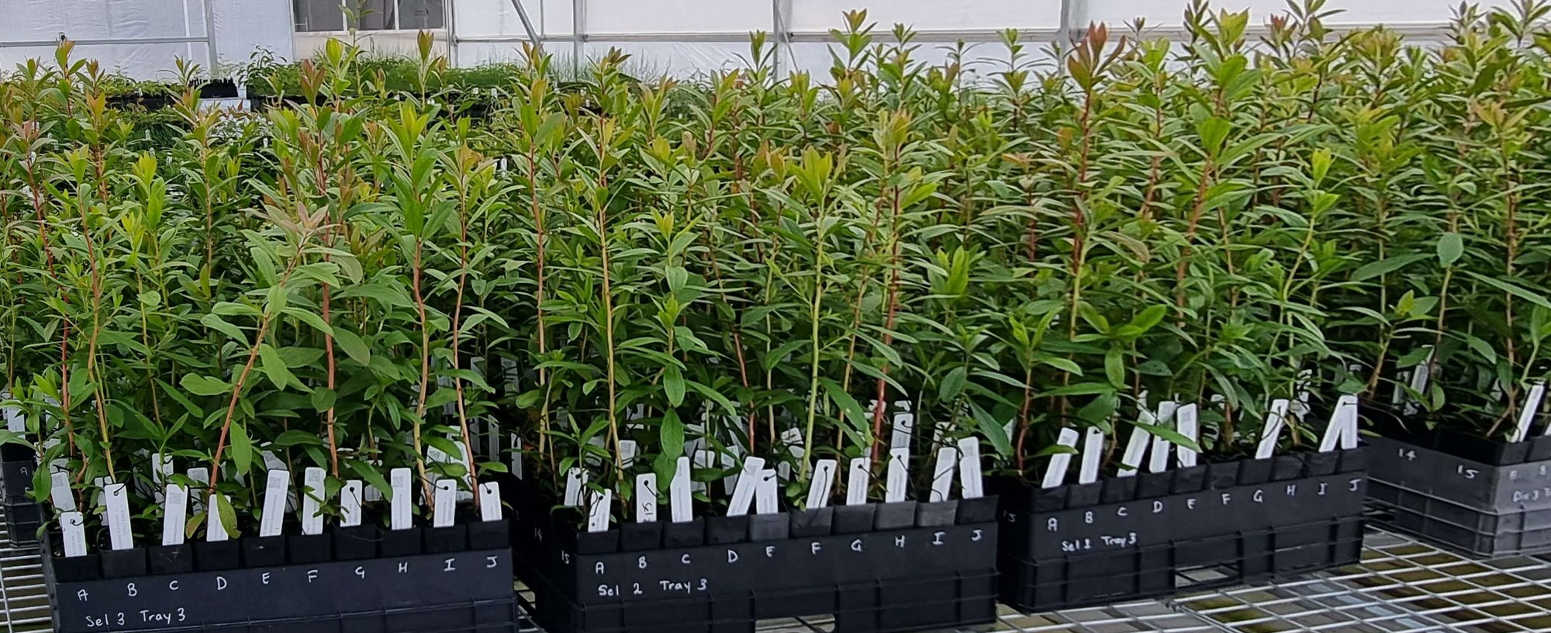
Melaleuca seedlings. Picture: Richard Dimon
That’s why disease resistant paperbark trees are being used in the plantings, which are being led by the Garden’s Horticulture Team.
The project forms part of the larger NSW Government’s Greening our City initiative (funded by Climate Change Fund), transforming large areas across the landscape where African Olive, an insidious, woody weed, once dominated.
By the end of June 2022, a total of 22,500 trees will have been added across the landscape.
The Garden’s Curator Manager, Michael Elgey, said it was great to see a landscape that was once heavily infested with such an environmentally harmful weed species now being planted out with a diverse array of 33 native tree species.
This will contribute to our urban canopy and the vital science that our organisation undertakes.
MICHAEL ELGEY, CURATOR MANAGER
Rare seed orchard planned
The thousands of trees being planted include about 900 carefully selected broad-leaved paperbarks for a future seed orchard.
Researcher Dr Jason Bragg says it is rare that a seed orchard for ecological restoration focusses on pathogen resistance.
“We wanted to see if we could find genetic markers in the Melaleuca quinquinervia that are associated with resistance or the absence of resistance,” he says.
To do that Dr Bragg says the team collected seed from more than 180 plants across 20 sites along the coast of NSW. Researcher Dr Collin Ahrens then grew 1200 seedlings at the nursery at the Royal Botanic Garden Sydney, as part of a partnership with the University of NSW.
The seedlings were then provided to the Plant Breeding Institute at the University of Sydney for experiments in which they were exposed to the pathogen and their responses were monitored. This helped select seedlings that were likely to be more resistant to the pathogen.
“Part of the hope would be the seeds produced by this planting will one day be useful for restoring swamp ecosystems with trees that have greater resistance to rust,” Dr Bragg says.
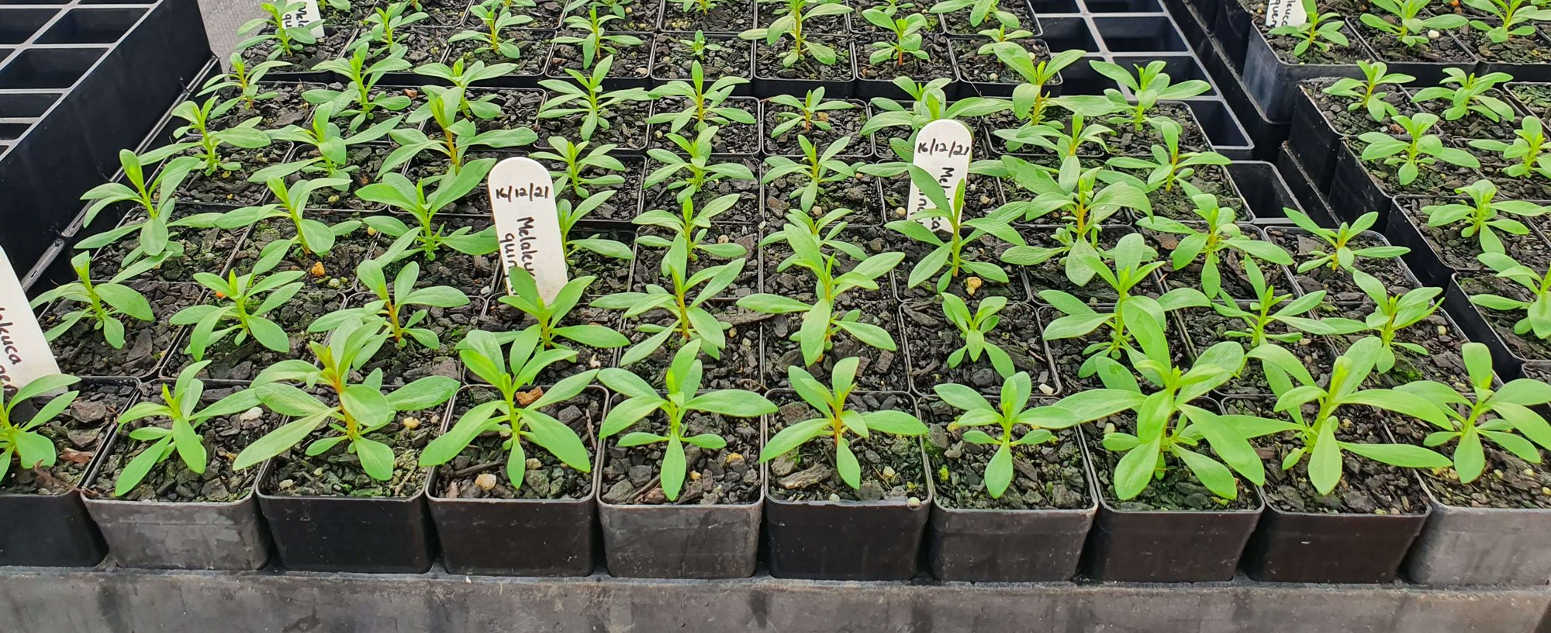
Small melaleuca seedlings. Picture: Lesley Neuhold
Dr Marlien van der Merwe says currently there’s only one strain of myrtle rust in Australia.
“But the prediction is more strains will come and things that are resistant might not be as resistant in the future so we’re planning ahead a bit,” she says.
“When we have the genetics of the plant it enables so much more to come out of the project.
“While the seed will only be harvested in many years from now, the aim is that seed from these orchards will provide seedlings that have higher resistance to myrtle rust while maintaining high levels of genetic diversity needed for other environmental challenges.”
Horticulturalist at the Australian Botanic Garden Mount Annan have successfully germinated all the seeds selected for the seed orchards and nurtured and prepared the seedlings for planting at six sites as part of the Greening our City project. Material for future genetic work has also been harvested from each of the trees.
“The project is a great example of how we can achieve outcomes when the different teams across our organisation work together,” says Dr van der Merwe.
Help plants under threat
Horticulturalists and scientists at the Botanic Gardens are working to protect at-risk plant species. With a tax-deductible gift to the Botanic Gardens, you can support this vital work.
Related resources
